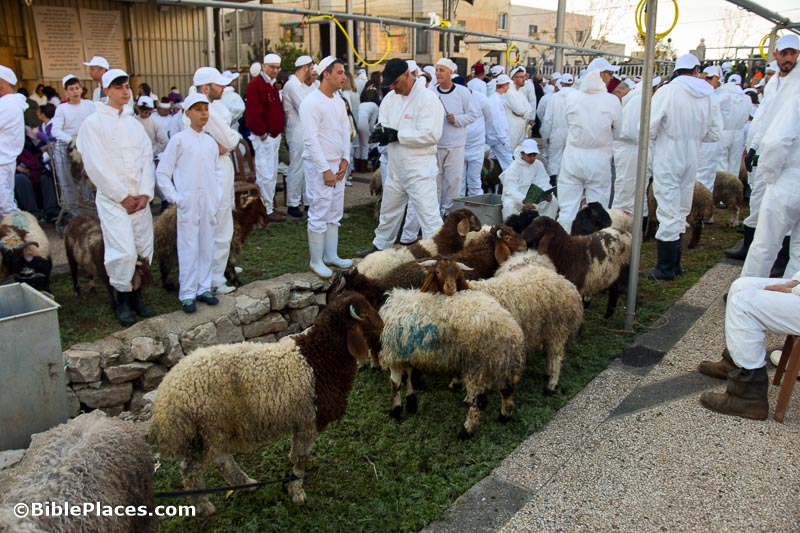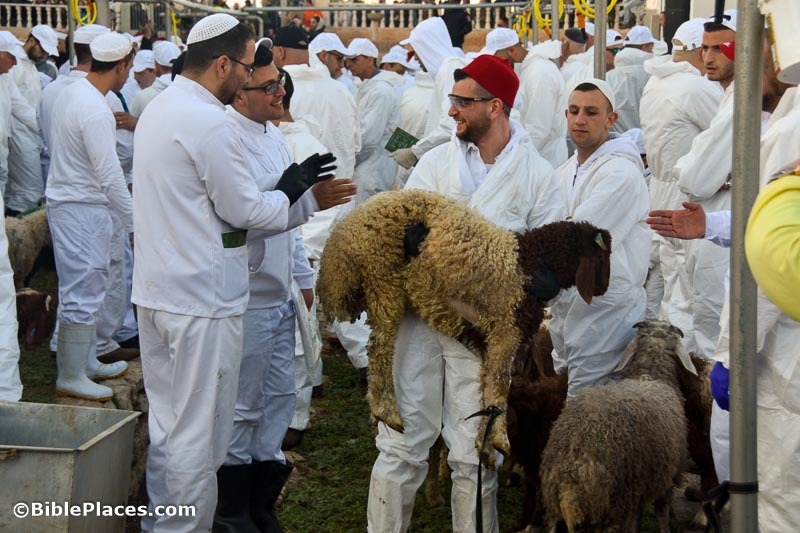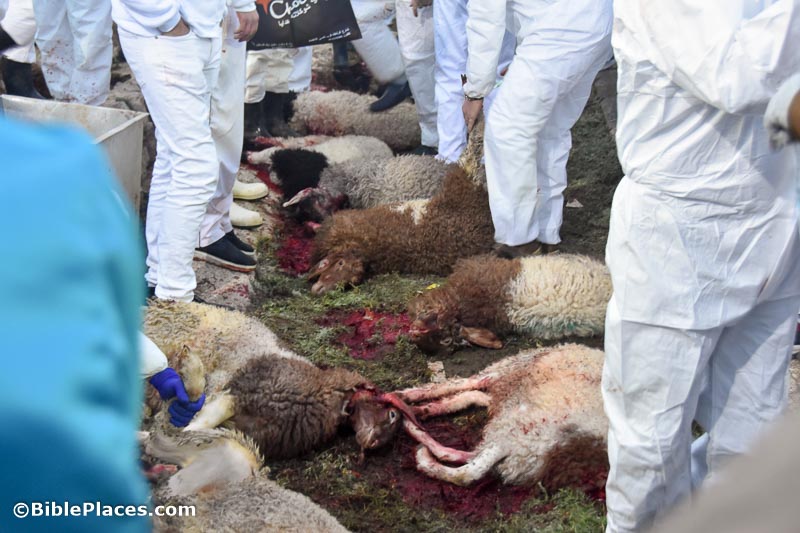A seal impression of an official of King Jeroboam II has been discovered. It is a smaller version of the famous seal found at Megiddo in 1904 (and later lost). UPDATE (Aug 2021): This item is actually a common tourist replica.
An archaeologist has brought to light a menorah engraved in a Second Temple period tomb on the outskirts of Mukhmas (biblical Michmash), home of Jonathan the Hasmonean. The press release is here, and a journal article is available here.
Authorities are opening several new areas to visitors to Herodium, including the arched stairway, foyer, and private theater.
The underground excavations in Jerusalem took top prize for “Oddities of the Underground” at the International Tunneling and Underground Space Association Awards.
Israel21c photographs 10 eye-catching sculptures around Tel Aviv.
Wayne Stiles looks at traditional sites associated with Jesus’s flight to Egypt.
Bridges to the Bible has created their first series of videos, focusing on the communal culture of the biblical world.
Jerusalem University College will be hosting its first-ever online seminar on January 10 and 11. The event is free and open to the public.
Now available from ACOR (free pdfs): Archaeology in Jordan 2: 2018 and 2019 Seasons, edited by Pearce Paul Creasman, John D.M. Green, and China P. Shelton. This publication features over 50 reports on archaeological fieldwork, conservation initiatives, and publication projects in Jordan.
New: My Nine Lives: Sixty Years in Israeli and Biblical Archaeology, by William G. Dever
Favorably reviewed in the NY Times: A World Beneath the Sands: The Golden Age of Egyptology, by Toby Wilkinson.
Ferrell Jenkins has a lengthy, informative post about the problem of emperor worship faced by the seven churches in Revelation.
Leen Ritmeyer’s post on the synagogue of Capernaum includes a number of beautiful reconstruction drawings.
Wrapping up her long-distance internship with the PEF, Jade Dang explains how the maps of the Survey of Western Palestine provide a fascinating snapshot of history.
December is the perfect month for an archaeological biography on Herod the Great.
“Who Were the Maccabees, Really? Hannukah, the Hasmoneans and Jewish Memory,” A Conversation with Prof. Joseph Angel and Prof. Steven Fine, Dec 15, 11 am EST.
In asking why Jews today do not read a scroll for Hanukkah, David Golinkin recalls that historically the Scroll of Antiochus was read, but he proposes beginning a new custom by reading 1 Maccabees 1-4.
HT: Agade, Joseph Lauer, Ted Weis, Charles Savelle, Explorator


